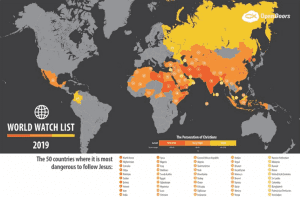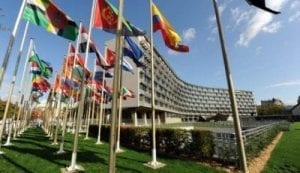Palestine, area of the eastern Mediterranean region, comprising parts of modern Israel and the Palestinian territories of the Gaza Strip (along the coast of the Mediterranean Sea) and the West Bank (the area west of the Jordan River).
The term Palestine has been associated variously and sometimes controversially with this small region, which some have asserted also includes Jordan. Both the geographic area designated by the name and the political status of it have changed over the course of some three millennia. The region (or at least a part of it) is also known as the Holy Land and is held sacred among Jews, Christians, and Muslims. Since the 20th century it has been the object of conflicting claims of Jewish and Arab national movements, and the conflict has led to prolonged violence and, in several instances, open warfare.

Trump Signs Exec. Order Broadening Anti-Semitism to Include Holocaust Denial and Criticism of Israel

Secretary of State Mike Pompeo Announces Israeli Settlements Not a Violation of International Law

Palestinian Media Watch Report: US hospital in Gaza is for “trafficking in organs” and medical “experiments” on Palestinians

UN Council: Israel Intentionally Shot Children and Journalists in Gaza

Report: 2019 World Watch List Released Exposing the Top Countries who Persecuted Christians in 2018

US and Israel Withdraw from UNESCO

South Carolina Becomes the First State to Legally Define Criticism of Israel as “anti-Semitism”

The United Nations General Assembly adopted a resolution condemning Israel for Palestinian civilian deaths in the besieged Gaza Strip

Operation Cast Lead (Gaza War/Massacre) begins: Israels 22-day Slaughter of Palestinians



